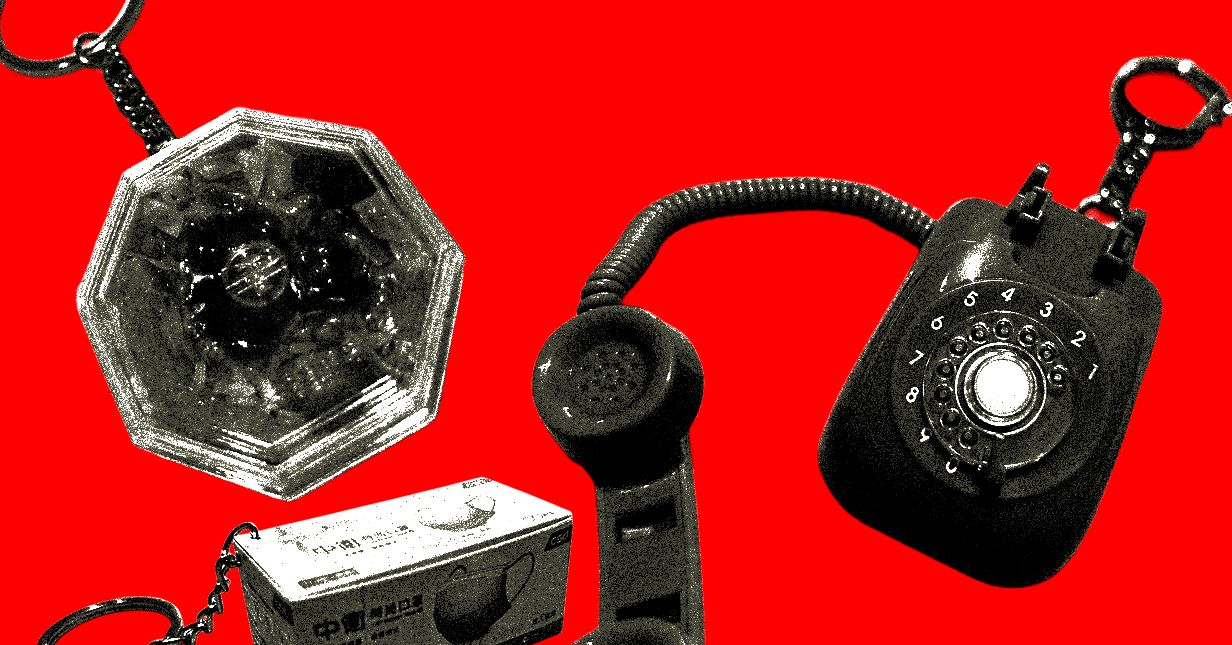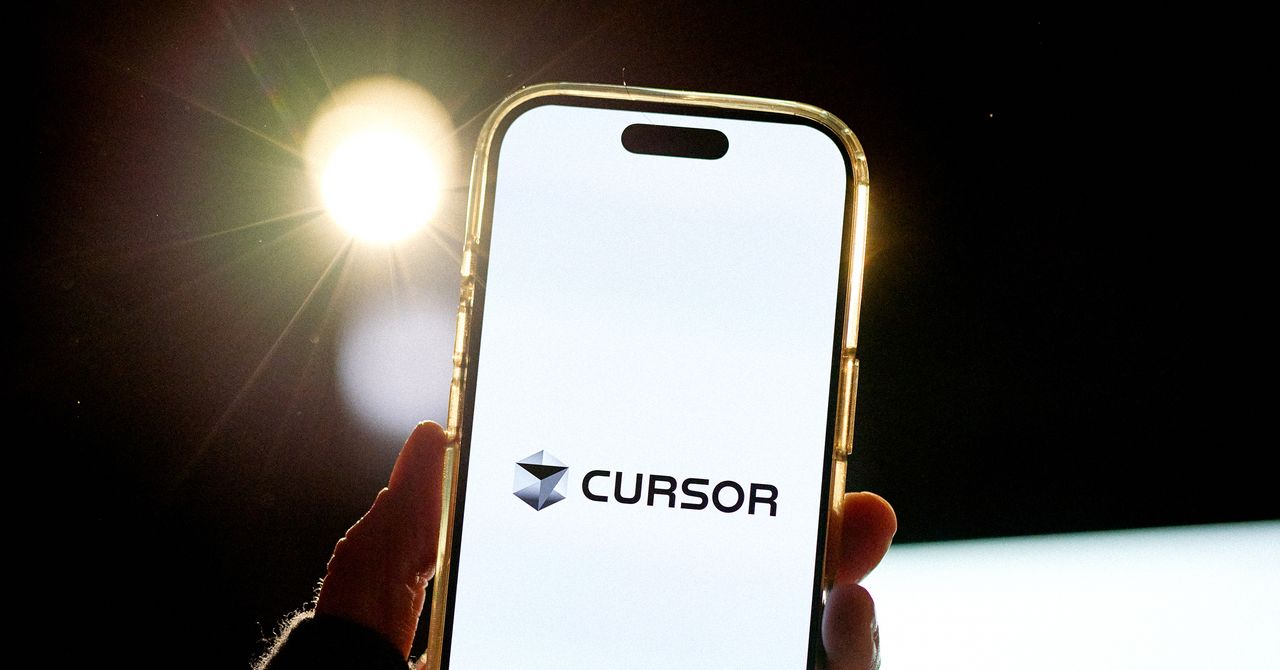Tech
The ‘Surge’ of Troops May Not Come to San Francisco, but the City Is Ready Anyway

After months of deployments by US Immigration and Customs Enforcement and the National Guard across American cities, federal agents have been preparing to descend into San Francisco.
Local resistance groups have been coordinating with activists in other cities across the country that have been besieged by federal law enforcement. Thousands of volunteers, coordinating through Signal group chats, Zoom calls, and social media posts, planned protests and spread the word that federal troops are on their way to San Francisco. Even though they aren’t—yet.
On Thursday morning, SF mayor Daniel Lurie posted on Instagram and X to announce that he had spoken with President Donald Trump and convinced him to call off the federal agents that had planned to go to San Francisco this Saturday. Trump confirmed that on Truth Social shortly thereafter, writing, “Great people like Jensen Huang, Marc Benioff, and others have called saying that the future of San Francisco is great. They want to give it a ‘shot.’ Therefore, we will not surge San Francisco on Saturday. Stay tuned!”
Activists and San Francisco residents are not exactly convinced, and so the organizing continues.
Early this week, a contingent of around 100 federal law enforcement agents converged on Coast Guard Island, a small base in Alameda, just across the Bay from San Francisco that federal officials say is being used as a staging area for upcoming immigration raids. Only one road leads to and from the island, and once word spread about the deployment, agents were quickly boxed in. Around 200 protesters showed up Thursday morning to try to disrupt their movements, resulting in clashes.
On Wednesday night, a group called Bay Resistance held an educational webinar that drew a massive turnout; due to the limitations of the group’s Zoom subscription, it had to cap the call at 5,000 attendees. Hundreds more viewed a recording afterwards.
“The Bay is not going to sit quietly,” Emily Lee, a Bay Resistance organizer, said on the mobilization call. “We are definitely going to be standing up together against this administration.”
Throughout the call, organizers spoke in English with Spanish translations, sharing plans for upcoming actions across the Bay. They talked about lessons learned from their direct communications with organizers in Los Angeles who mobilized against the ICE raids and federal troop deployments there, and the importance of taking the tack of Portland’s protesters, who relied on humor and inflatable animals to counter ICE actions and protest Trump’s claims of the city being a “war ravaged” hellhole.
Tech
How Taiwan Made Cashless Payments Cute

At a 7-Eleven convenience store in Taiwan, you can pick up a 4-inch plushie of Miffy, the bunny character from the Netherlands, a mini bento box charm complete with a realistic chicken drumstick, or a tiny plastic rotary phone. Produced by iCash Corporation (a 7-Eleven affiliate), these keychains are more than just trinkets: Each contains a contactless chip that connects it to Taiwan’s elaborate stored-value payment system.
iCash cards, along with those made by competitors like EasyCard and iPASS, can be used to ride the subway and buses, as well as to make purchases at convenience stores and other retailers in Taiwan. The over-the-top branded keychains, which cost anywhere from $10 to over $30, generate modest direct sales. But their real value lies in their marketing power, drawing shoppers deeper into 7-Eleven’s rewards ecosystem and keeping small payments inside its orbit.
Decentralized and Deeply Local
Over the past decade, iCash Corporation and its rivals have turned dozens of everyday products in Taiwan into limited-edition keychains. Many are miniature versions of snacks and household items available at 7-Eleven stores, such as a can of the sports drink Super Supau, a tube of Darlie toothpaste, and a cup of Uni-President’s classic yellow pudding dessert. Those who prefer something weirder can get a teeny package of toilet tissues, or a doll-sized Scotch-Brite kitchen sponge. When I lived in Taipei for a few months last year, I paid for things with a bag of crinkle-cut potato chips.
iCash Corporation has also licensed Sanrio characters like Hello Kitty and Cinnamoroll, as well as Pikachu from Pokémon and Stitch from Disney’s Lilo & Stitch. One of my favorite Taiwanese payment cards isn’t even a keychain at all—it’s a plastic version of Sailor Moon’s wand made by EasyCard, which (naturally) lights up when you complete a transaction.
I have been obsessed with these keychains and novelty toys since I began reporting on Taiwan several years ago. They’re the most delightful side effect of the island’s move toward cashless payments, and they demonstrate just how different Taiwan’s digital infrastructure is from China’s. Nearly every consumer transaction in China happens through either Alibaba or Tencent, two tech giants that have a near monopoly on payments. Whether you’re buying a bowl of noodles at a street stall or a designer purse in a Shanghai boutique, you will almost always find both an Alipay and WeChat Pay QR code.
In contrast, Taiwan has developed a pluralistic network of NFC cards and mobile wallets layered atop its dense transit system and network of convenience stores. The result is a cashless framework that is tactile, decentralized, and deeply local. In Taipei, people often “tap” to pay, while in Beijing, they “scan.” At least in some ways, Taiwan’s technology is arguably just as sophisticated as China’s. In fact, Alibaba followed the island’s lead last year and launched its own tap payment method.
Tech
The Disney-OpenAI Deal Redefines the AI Copyright War

On Thursday, Disney and OpenAI announced a deal that might have seemed unthinkable not so long ago. Starting next year, OpenAI will be able to use Disney characters like Mickey Mouse, Ariel, and Yoda in its Sora video-generation model. Disney will take a $1 billion stake in OpenAI, and its employees will get access to the firm’s APIs and ChatGPT. None of this makes much sense—unless Disney was fighting a battle it couldn’t win.
Disney has always been a notoriously aggressive litigant around its intellectual property. Alongside fellow IP powerhouse Universal, it sued Midjourney in June over outputs that allegedly infringed on classic film and TV characters. The night before the OpenAI deal was announced, Disney reportedly sent a cease-and-desist letter to Google alleging copyright infractions on a “massive scale.”
On the surface, there appears to be some dissonance with Disney embracing OpenAI while poking its rivals. But it’s more than likely that Hollywood is embarking down a similar path as media publishers when it comes to AI, signing licensing agreements where it can and using litigation when it can’t. (WIRED is owned by Condé Nast, which inked a deal with OpenAI in August 2024.)
“I think that AI companies and copyright holders are beginning to understand and become reconciled to the fact that neither side is going to score an absolute victory,” says Matthew Sag, a professor of law and artificial intelligence at Emory University. While many of these cases are still working their way through the courts, so far it seems like model inputs—the training data that these models learn from—are covered by fair use. But this deal is about outputs—what the model returns based on your prompt—where IP owners like Disney have a much stronger case
Coming to an output agreement resolves a host of messy, potentially unsolvable issues. Even if a company tells an AI model not to produce, say, Elsa at a Wendy’s drive-through, the model might know enough about Elsa to do so anyway—or a user might be able to prompt their way into making Elsa without asking for the character by name. It’s a tension that legal scholars call the “Snoopy problem,” but in this case you might as well call it the Disney problem.
“Faced with this increasingly clear reality, it makes sense for consumer-facing AI companies and entertainment giants like Disney to think about licensing arrangements,” says Sag.
Tech
Cursor Launches an AI Coding Tool For Designers

Cursor, the wildly popular AI coding startup, is launching a new feature that lets people design the look and feel of web applications with AI. The tool, Visual Editor, is essentially a vibe-coding product for designers, giving them access to the same fine-grained controls they’d expect from professional design software. But in addition to making changes manually, the tool lets them request edits from Cursor’s AI agent using natural language.
Cursor is best known for its AI coding platform, but with Visual Editor, the startup wants to capture other parts of the software creation process. “The core that we care about, professional developers, never changes,” Cursor’s head of design, Ryo Lu, tells WIRED. “But in reality, developers are not by themselves. They work with a lot of people, and anyone making software should be able to find something useful out of Cursor.”
Cursor is one of the fastest growing AI startups of all time. Since its 2023 debut, the company says it has surpassed $1 billion in annual recurring revenue and counts tens of thousands of companies, including Nvidia, Salesforce, and PwC, as customers. In November, the startup closed a $2.3 billion funding round that brought its valuation to nearly $30 billion.
Cursor was an early leader in the AI coding market, but it’s now facing more pressure than ever from larger competitors like OpenAI, Anthropic, and Google. The startup has historically licensed AI models from these companies, but now its rivals are investing heavily in AI coding products of their own. Anthropic’s Claude Code, for example, grew even faster than Cursor, reaching $1 billion in annual recurring revenue just six months after launch. In response, Cursor has started developing and deploying its own AI models.
Traditionally, building software applications has required many different teams working together across a wide range of products and tools. By integrating design capabilities directly into its coding environment, Cursor wants to show that it can bring these functions together into a single platform.
“Before, designers used to live in their own world of pixels and frames, and they don’t really translate to code. So teams had to build processes to hand off tasks back and forth between developers and designers, but there was a lot of friction,” says Lu. “We kind of melded the design world and the coding world together into one interface with one AI agent.”
AI-Powered Web Design
In a demo at WIRED’s San Francisco headquarters, Cursor’s product engineering lead Jason Ginsberg showcased how Visual Editor could modify the aesthetics of a webpage.
A traditional design panel on the right lets users adjust fonts, add buttons, create menus, or change backgrounds. On the left, a chat interface accepts natural-language requests, such as “make this button’s background color red.” Cursor’s agent then applies those changes directly into the code base.
Earlier this year, Cursor released its own web browser that works directly within its coding environment. The company argues the browser creates a better feedback loop when developing products, allowing engineers and designers to view requests from real users and access Chrome-style developer tools.
-

 Politics5 days ago
Politics5 days ago17 found dead in migrant vessel off Crete: coastguard
-
Uncategorized1 week ago
[CinePlex360] Your site has updated to WordPres
-

 Sports6 days ago
Sports6 days agoAustralia take control of second Ashes Test | The Express Tribune
-

 Business1 week ago
Business1 week agoAsian stocks today: Markets trade mixed ahead of US economic data; HSI nears 1% loss; Nikkei adds over 800 points – The Times of India
-

 Entertainment1 week ago
Entertainment1 week agoSabrina Carpenter recalls ‘unbelievable’ experience with pal Taylor Swift
-

 Fashion1 week ago
Fashion1 week agoBangladesh’s economic outlook cautiously optimistic: Govt
-

 Fashion4 days ago
Fashion4 days agoGermany’s LuxExperience appoints Francis Belin as new CEO of Mytheresa
-

 Tech1 week ago
Tech1 week agoThe Trump Administration Wants Immigrants to Self-Deport. It’s a Shit Show














